Table of Contents
Zucchini vs. Cucumber: Are They The Same?
Cucumbers and zucchini have a similar shape, yet they could be mistaken for one another if they are placed next to each other.
Both have dark green skin and are tall and cylindrical in shape, and you aren’t the only one who was perplexed by their similarities.
However, you should experiment with replacing one for the other to see if you can spot your error.
Zucchini and cucumber are both low in carbohydrates, but they have a high glycemic index, making them popular among those wanting to lose weight fast.
Both zucchini and cucumber have a very low glycemic index because of their high water levels. They are high in essential minerals due to their large amounts of moisture.
Zucchini and Cucumber vegetables look nearly identical, with the same green skin, long cylindrical form, and pale and seedy flesh.
However, as soon as you touch them, you’ll realize that what appear to be twins are, in fact, not. Cucumbers have a chilly and bumpy surface, whereas Zucchinis have a dry and scratchy one.
What is a cucumber?
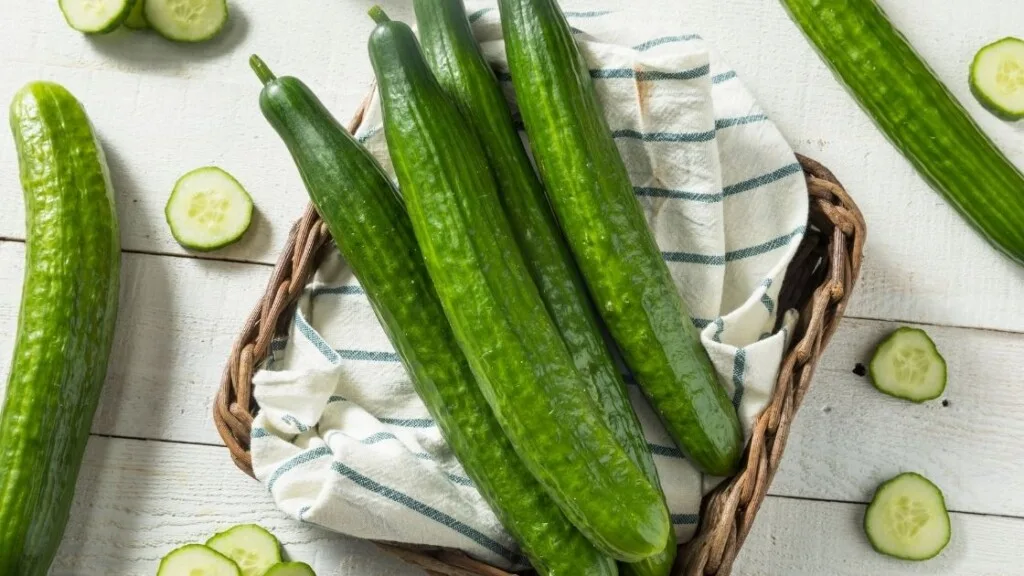
Cucumbers are grown in many parts of the world, including India and China, and are consumed as a vegetable in many countries. Known by the Latin name Cucumis sativus, cucumber plants are members of the gourd family, sometimes known as the Cucurbitaceae, which also contains pumpkins and squashes. Cucumber plants are grown for their leaves, which are used to make cucumber juice.
Taste
High water content in the fruit gives cucumbers a mellow, slightly sweet flavor that complements other fruits.
Cucumbers are crunchy, cold, and pleasant to eat when they’re raw, which is why they’re sometimes referred to as “cool as a cucumber” by certain people.
Because of the texture and flavor they bring, many consumers prefer to leave cucumbers on their dishes despite the fact that they have a more earthy flavor.
The crunchiness of cucumbers is lost when they are cooked, but they retain a slight hardness. Moreover, cucumbers are frequently used in salads adding them with leafy green vegetables will help and can be used also in sandwiches.
They can also be used to enhance the flavor of the water.
What is zucchini?
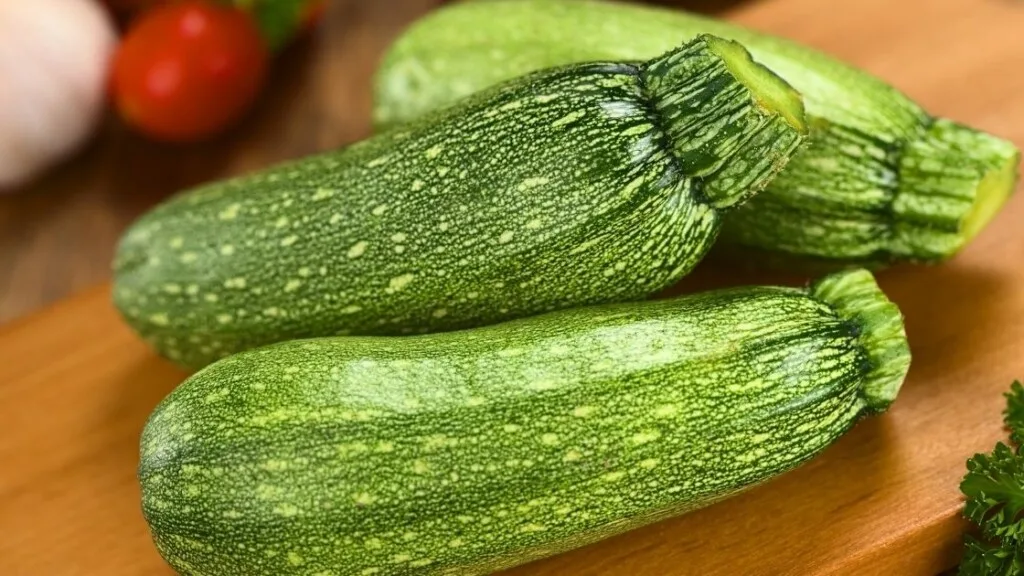
Zucchini and cucumbers are commonly confused with one another at first glance, and the two vegetables are related.
It is also a part of the gourd family, but it is a different species from pumpkins and squashes, Cucurbita pepo, which means “pepper squash” in Latin.
As a type of summer squash, zucchinis are selected when the skin is still soft and edible, which is why they’re so popular in the summertime.
Taste
This moderate vegetable has a slight sweetness and bitterness to it, as well as a substantial texture.
When zucchini is cooked, the sweetness of the vegetable becomes more obvious. Zucchini softens as it cooks, but it is still quite easy to bite through when it is still raw.
Cucumber vs Zucchini: What’s the Difference?
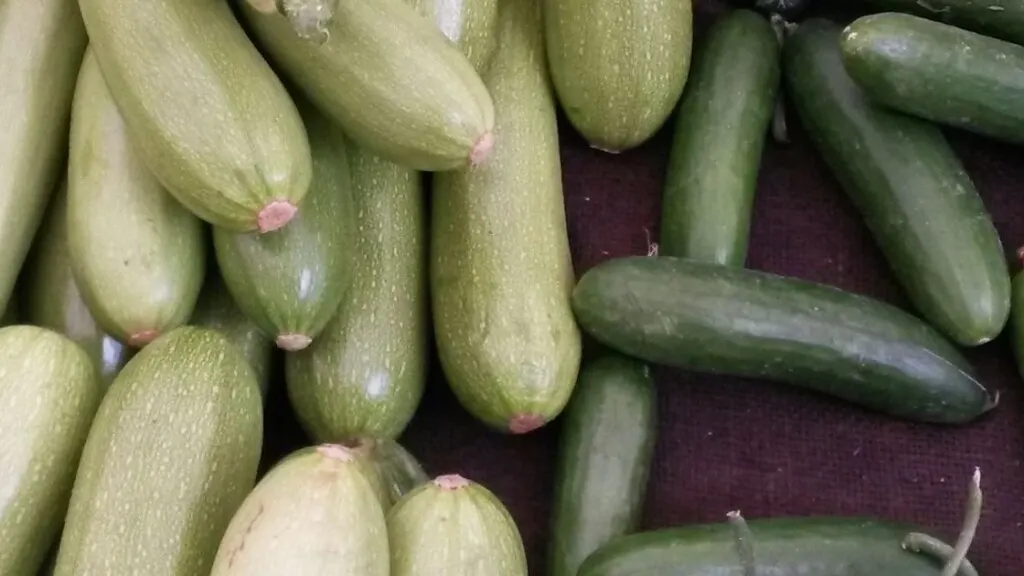
Cucumber and zucchini are frequently confused for each other, owing to their similar looks. Here are some of the key distinctions to keep in mind:
Appearance
Zucchini are good sources of vitamin C, plus they’re a great source of potassium and magnesium.
In terms of appearance, zucchini have woody stems at one end and, on rare occasions, a flower at the other.
Those are the plant’s female flowers, which develop in a magnificent golden blossom and are occasionally eaten.
The zucchini and cucumber have seedy flesh inside, while the cucumbers are a whitish-green, but the zucchini is more of a creamy white.
The seeds of the cucumber are usually visible running down the center of the fruit, whereas those of the zucchini are smaller and blend in with its texture.
Touch
On the contrary, zucchini are often warm and malleable to the touch while cucumbers are hard and waxy to the touch. Most cucumbers have a rough exterior, however, there are certain cultivars that have smooth skin, such as the little Lebanese cucumber.
Taste
Cucumbers are the most likely to have cool and crunch.
Use
It’s most likely a zucchini if it’s been cooked in a dish; the cucumber is often eaten raw or pickled.
Nutritional values
Both zucchini and cucumber have about the same number of calories as one another. Zucchini has 17 calories per 100g, but cucumber has 15 calories with the skin on and 12 calories without the peel on.
Zucchini is strong in Vitamin C, but it also provides 29 percent of the needed daily amount in just 100g of the vegetable (10 percent of required Vitamin B6).
Cucumber skin contains the highest concentration of nutrients, including fiber and beta-carotene antioxidants, making it the most nutritious component.
Both vegetables contain significant amounts of vitamin K, magnesium, and potassium.
Plants
In a vegetable garden, keep an eye out for the development of zucchini and cucumber to distinguish between the two.
Cucumbers, on the other hand, cling to the stems of the plants like grapes on a trellis, whereas zucchini have heart-shaped leaves.
How to store cucumber and zucchini?
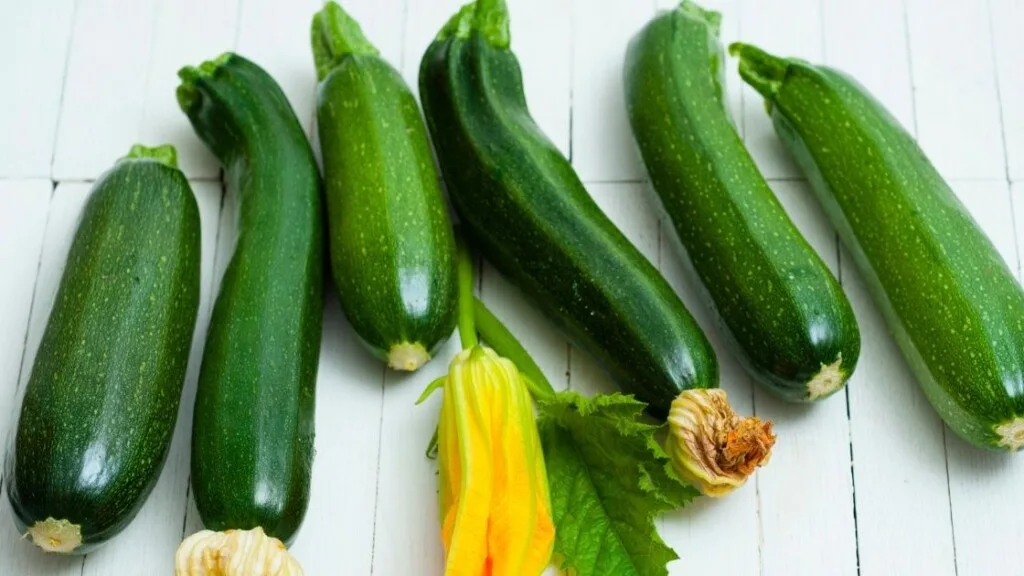
Refrigeration is not recommended for cucumbers because they are sensitive to low temperatures and should be maintained at room temperature.
When the temperature is kept below 50 degrees
Fahrenheit, they are more prone to “chilling injuries,” which include water-soaked patches, pitting, and faster deterioration.
If you must store your cucumbers in the refrigerator, keep them there for no more than three days and use them as quickly as possible.
Keeping zucchini in a plastic bag in the refrigerator’s crisper drawer for four to five days will ensure that it is safe to eat.
Zucchini should only be washed before use. If you notice that the zucchini is wilting, use it as soon as possible.
Final Thoughts
It appears that cucumber and zucchini are fairly similar and that they may even be members of the same family? In truth, they aren’t at all.
While there are some similarities, they can also be distinguished by their differences in size, shape, and color if chosen at the appropriate time.
At the extreme, you could argue that they both have taste profiles that are extremely low in flavor and practically flavorless.
Despite the fact that they share some characteristics, they are actually quite different, with each serving a particular function in the kitchen.
For example, you could not substitute one for the other, as you might with hoisin and oyster sauce or camembert with brie.
To put it another way, cucumbers have a crisp texture and a fresh flavor, whereas zucchinis are good when cooked since they compliment the flavors of other strong-tasting items in the dish.

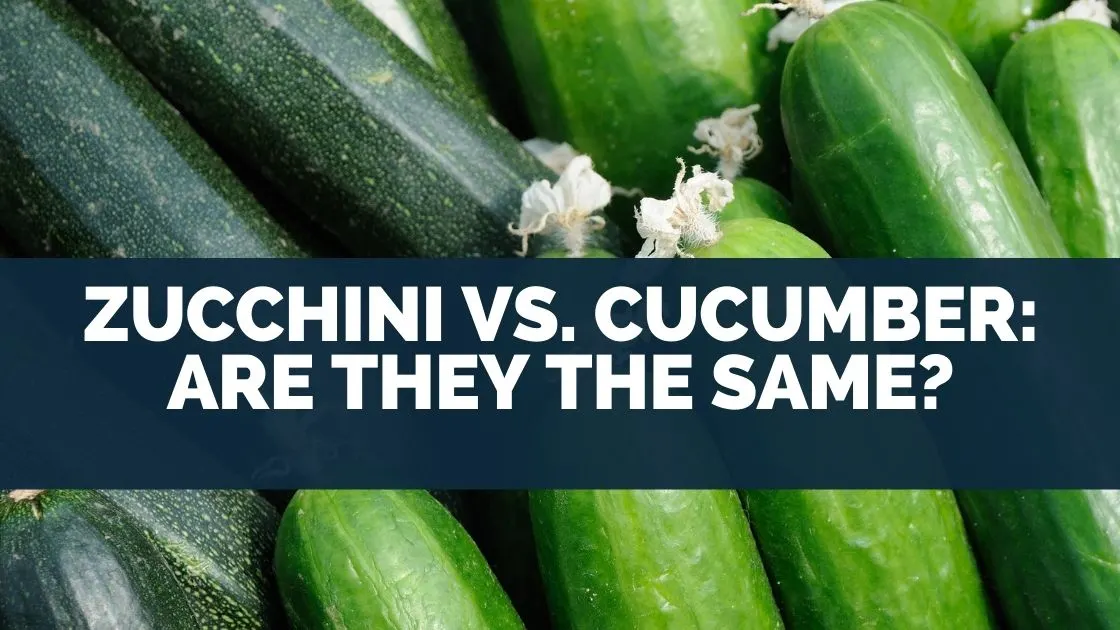
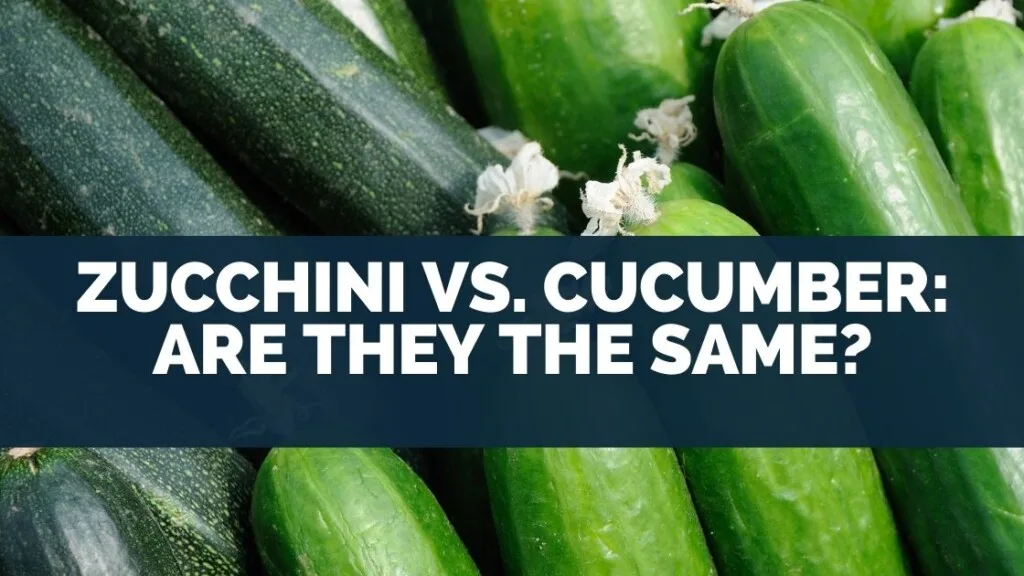
Leave a comment